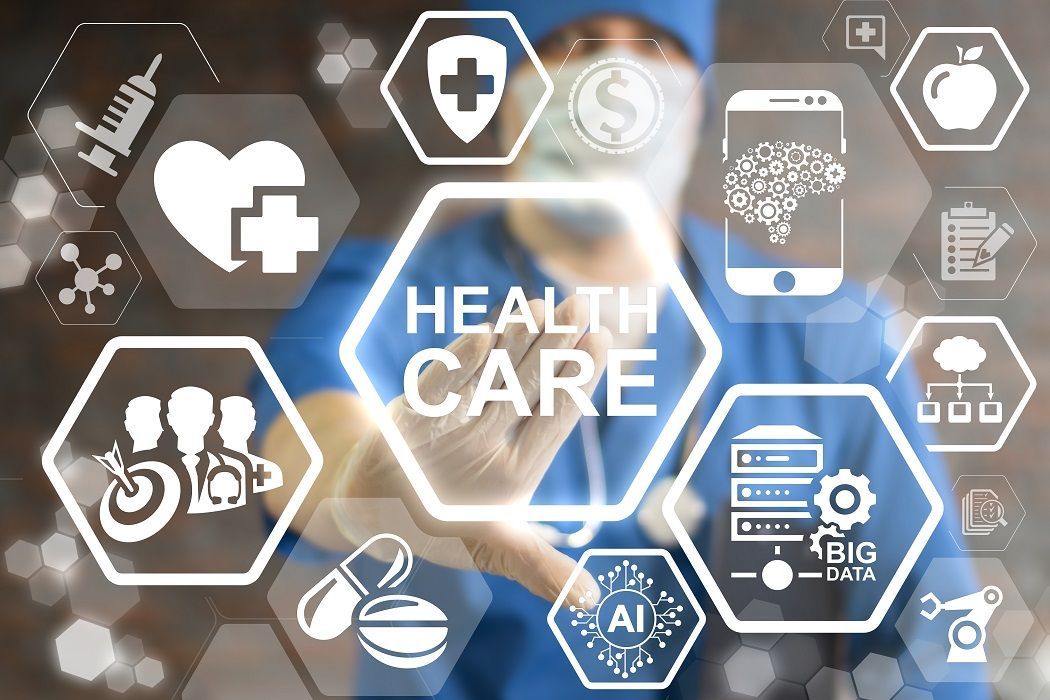How to Implement Healthcare RCM for a Smooth Earnings Cycle
A Comprehensive Overview on Exactly How Health Care RCM Works to Streamline Billing and Collections
Navigating the complexities of healthcare earnings cycle administration (RCM) is critical for carriers aiming to boost their billing and collections procedures. The guide unloads the complexities of RCM, from patient enrollment to accounts receivable administration, using insights right into maximizing each step.
Comprehending Revenue Cycle Management
Grasping the ins and outs of Income Cycle Management (RCM) is important for medical care companies aiming to maximize their economic performance. RCM is an important management feature that incorporates the entire monetary process of person care, from the first visit readying to the final payment of the balance. It is a complicated procedure created to determine, collect, and handle the profits from the services offered to individuals. Efficient RCM makes sure that doctor receive precise and prompt settlements, reducing the risk of earnings loss and improving capital.
The RCM procedure starts when a person timetables an appointment and expands with the client's care journey, consisting of invoicing and collections. An essential purpose is to lower the time in between offering a service and getting repayment, therefore boosting the organization's economic wellness. RCM involves various functions such as person enrollment, insurance coverage confirmation, cost capture, coding, declares entry, payment posting, and dealing with denials and appeals.
Key Components of RCM
In the world of Profits Cycle Administration (RCM), recognizing its essential parts is essential to attaining financial performance within medical care companies. RCM is a thorough process that incorporates different phases, each important to making sure reliable payment and collections. The primary parts consist of individual registration, insurance coverage verification, charge capture, coding, claim entry, settlement posting, and receivable management.


When coded, insurance claims are submitted to payers, where accuracy is extremely important to stay clear of delays or beings rejected - Healthcare RCM. Repayment posting involves videotaping the gotten payments, which permits the settlement of accounts. Last but not least, accounts receivable administration concentrates on tracking and resolving overdue cases, ensuring prompt follow-up and resolution
Each part of RCM is adjoined, and inefficiencies in any type of part can interrupt the entire cycle. As a result, understanding these aspects is necessary for medical care providers to optimize profits and enhance their economic health.
Techniques for Reliable Invoicing

Standardizing payment treatments across the company is an additional essential method. Establishing clear guidelines for paperwork, coding, and entry aids keep consistency and compliance with regulative requirements. Training staff on a regular basis on these treatments ensures everyone is up-to-date with the most recent adjustments in billing codes and payer policies.
Accurate cost capture is crucial in preventing profits leakage. Executing regular audits and surveillance systems enables for the recognition and modification of discrepancies before they affect earnings. In addition, preserving open lines of interaction with payers assists to quickly fix any disagreements or misunderstandings that might develop.

Lastly, engaging people early in the invoicing process by offering clear estimates and academic products about their economic obligations can considerably lower confusion and boost repayment timeliness. These techniques jointly add to a much more monetarily healthy and reliable payment system.
Enhancing Collections Processes
Given the complexities of medical invoicing and the variety of payer requirements, enhancing the collections procedure involves implementing calculated procedures click here now that make certain timely and precise payment of solutions rendered. Automation devices can help in tracking insurance claim standings, sending timely pointers to individuals, and managing denials extra efficiently.
Training staff to comprehend the subtleties of insurance plans click to find out more and billing codes is similarly necessary. This knowledge empowers them to address billing disparities quickly and communicate efficiently with patients concerning their monetary responsibilities. In addition, transparent and clear patient communications are important. Giving in-depth descriptions of costs and providing versatile payment plans can boost patient satisfaction and prompt settlements.
Normal audits of the collections process should be performed to identify locations for enhancement and make certain conformity with policies. By examining data, health care companies can identify fads, expect possible issues, and adapt strategies accordingly (Healthcare RCM). Eventually, a well-enhanced collections procedure not just supports monetary health and wellness yet likewise adds to an extra smooth experience for clients and team alike
Optimizing Profits Streams
Building upon the foundation of a solid collections procedure, medical care organizations can better boost their financial security by purposefully optimizing profits streams. This entails a multi-faceted approach, beginning with a detailed evaluation of existing revenue resources to recognize inefficiencies and locations for development. Utilizing innovative information analytics devices makes it possible for companies to acquire insights into payer mix, person demographics, and service use patterns, permitting for data-driven decisions that enhance revenue capture.
Executing automated invoicing systems can dramatically lower mistakes and quicken cases refining, ensuring that revenue is collected more efficiently. Furthermore, optimizing payer agreements via normal arrangements can boost repayment prices and terms, straight Website affecting the bottom line. Branching out solution offerings, such as including telehealth or health care, can also attract a more comprehensive person base, thus boosting profits capacity.
Another critical part is boosting individual interaction and fulfillment, as pleased clients are more most likely to stick to treatment plans and make prompt repayments. Providing adaptable repayment options and clear invoicing methods can improve collections and foster client commitment. Healthcare RCM. By embracing these approaches, medical care companies can produce an extra durable financial framework, making sure continual development and stability in an ever-changing sector landscape
Final Thought
Finally, medical care Earnings Cycle Management (RCM) plays an important role in enhancing billing and collections procedures by integrating crucial elements such as client enrollment, insurance coverage confirmation, charge capture, coding, declares submission, and balance due administration. By using innovative innovation, standardizing treatments, and cultivating person engagement, medical care carriers can considerably lower insurance claim denials, increase payment cycles, and enhance capital. This comprehensive method to RCM inevitably causes boosted financial efficiency and sustainability for health care companies.
The RCM process begins when a client timetables an appointment and expands through the individual's treatment trip, including invoicing and collections.An additional vital part is improving patient interaction and contentment, as pleased individuals are much more likely to adhere to therapy strategies and make prompt payments. Using flexible payment options and transparent invoicing techniques can improve collections and foster person loyalty.In verdict, healthcare Profits Cycle Management (RCM) plays a vital role in enhancing billing and collections procedures by incorporating crucial elements such as client registration, insurance coverage confirmation, fee capture, coding, claims submission, and accounts receivable monitoring. By utilizing sophisticated innovation, standardizing procedures, and fostering person interaction, healthcare suppliers can substantially minimize claim rejections, accelerate payment cycles, and enhance cash money flow.